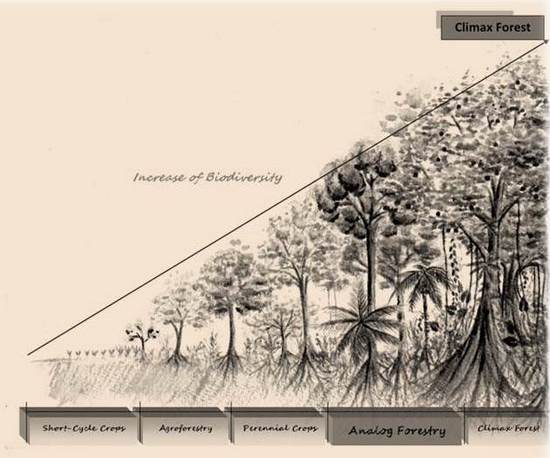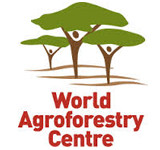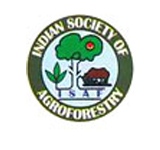
Vigyan Bhavan & Kempinski Ambience
10 - 14 February 2014
Delhi, India
blog

Analog forestry emphasizes imitating forest structure and increasing biodiversity,
all while producing sustainable yields
(Picture caption: .)
As we celebrate the International Year of Family Farming in 2014, agroforestry must be celebrated for its positive impacts for small-scale farmers. In addition to producing a wider variety of crops, agroforestry also provides important benefits in terms of ecosystem services and local biodiversity. Against a backdrop of land grabs and monoculture plantations that are geared towards the production of a single commodity, agroforestry has a crucial role in maintaining rural livelihoods as well as biological and cultural diversity. Certainly, there is much to celebrate, but also a need to push ourselves further.
So how can we achieve further gains in biodiversity and ecosystem restoration while also supporting rural livelihoods? One technique, analog forestry, has stood out as a promising method to reach these goals. The basic principle of analog forestry is simple: use the natural forest as a guide to create an agroforestry system that is similar, or analogous, in structure and function.
Especially in tropical areas, forests contain a diversity of canopies and growth types. Tall and emergent trees dominate the canopy, smaller, shade-tolerant trees and shrubs are present in the lower strata, and a variety of herbs and shrubs grown on the forest floor, while vines and other climbers are present throughout. Analog foresters analyze the structure of the forests of their areas and look for species that provide benefits to them and fill a certain structural niche. For example, vanilla or pepper might be used in an area with numerous vines in the natural forest, and shade-tolerant crops such as cacao or coffee might fill the structural gap in areas with a strong understory.
Forests, of course, do not grow overnight. That is why analog forests harness the concept of ecological succession, where ecosystems slowly grow in complexity, with different species at different times, depending on existing structure, soil profiles, and nutrient availability. This also helps with the economic sustainability of analog forestry systems. Farmers use annual crops and species that produce over shorter timeframes in tandem with long-term investments in timber or fruit trees. This leads to farms that have both short-term and long-term production.
These ideas are not without precedent. Traditional agriculture all over the world uses forest gardens that harness the biodiversity and productivity of forest ecosystems. Indeed, Dr. Ranil Senanayake, who first coined the term ‘analog forestry’, was first inspired by the forest gardens of Sri Lanka. In its current form, analog forestry merges new tools for the sharing of information, seeds, and local knowledge with traditional knowledge of forest gardening.
To be sure, analog forestry is a challenging proposition to many, as is agroforestry. Luckily, the past 20 years have seen the creation of a community of practice linking practitioners of analog forestry all over the world, from Sri Lanka to Cameroon to Honduras. By sharing stories of experiments, successes and failures, people have shared information on what has worked for them and what interesting ideas they have.
Currently, analog forestry has enjoyed some key successes and is being implemented in diverse areas. In Cameroon, analog forestry has been used to revitalize the production and marketing of traditional crops. In Sri Lanka, tea plantations have used analog forestry to produce forest tea and increase biodiversity. By partnering with small farmers throughout the country, organizations in the Dominican Republic are using analog forestry to create a biological corridor in the Colinas Bajas Model Forest. At the international level, the International Analog Forestry Network is coordinating capacity building, knowledge transfer, and the development of demonstration sites, and the Rich Forests coalition has been working to create links between producers and markets, while promoting restoration activities.
You can learn more about analog forestry and these initiatives here.
Blogpost and illustration by Adam Kabir Dickinson/International Analog Forestry Network (San José, Costa Rica) – kabir(at)analogforestry.org






One Person has left comments on this post
Learning from nature, forest. I called it as simulation in my blog, Healthy Wealth from Degraded Dry lands from Trees.
As intelligent animal, we shall also observe, understand and adapt from other natural places, based on trend of climate change.